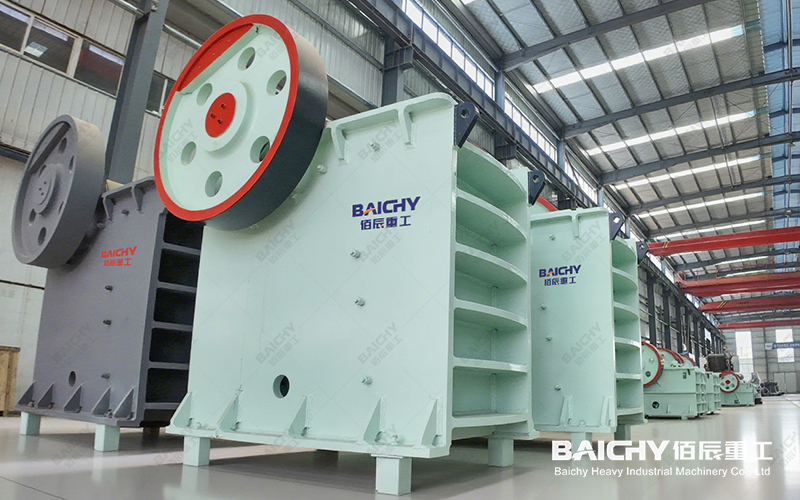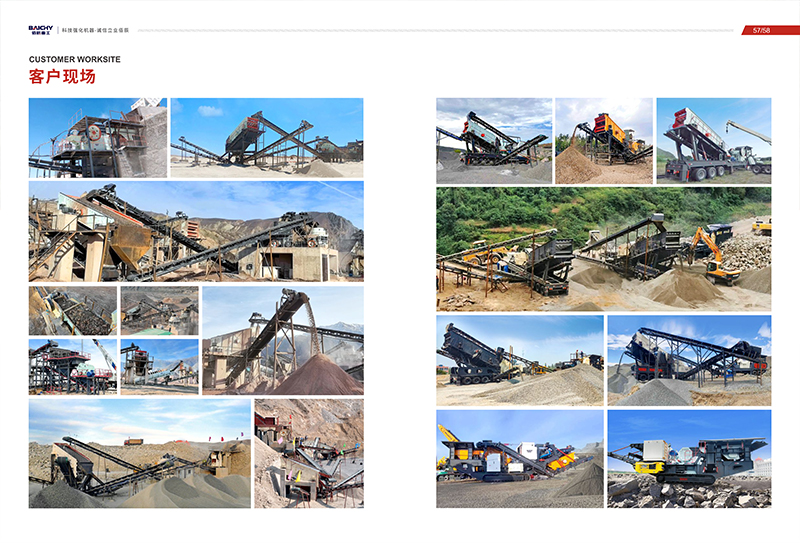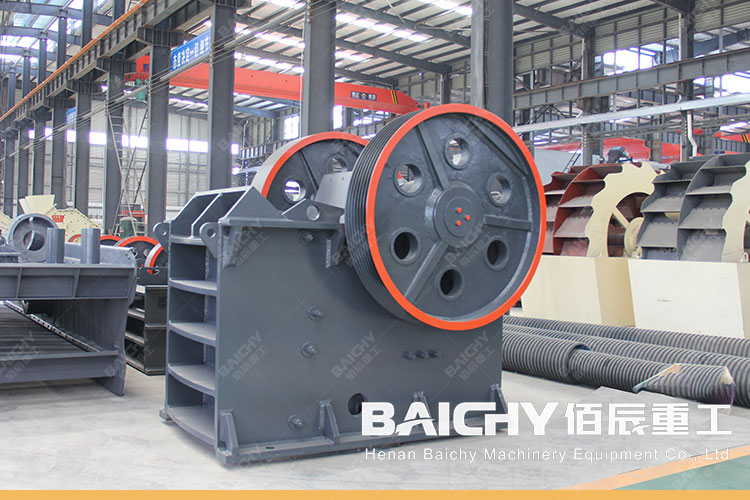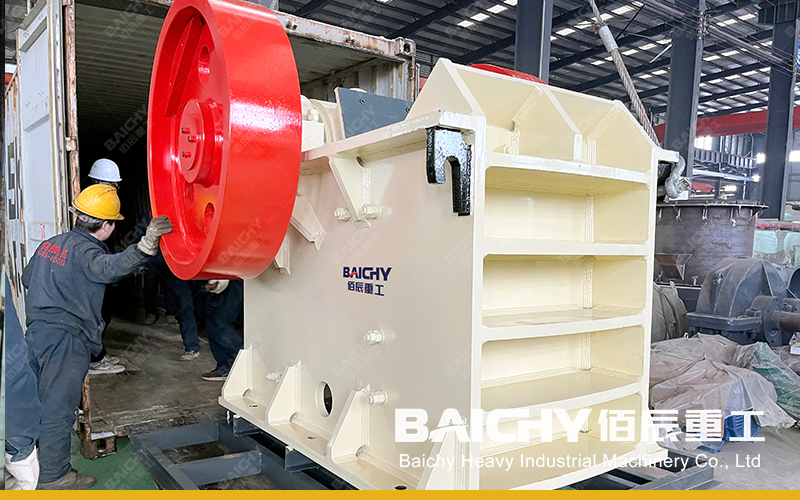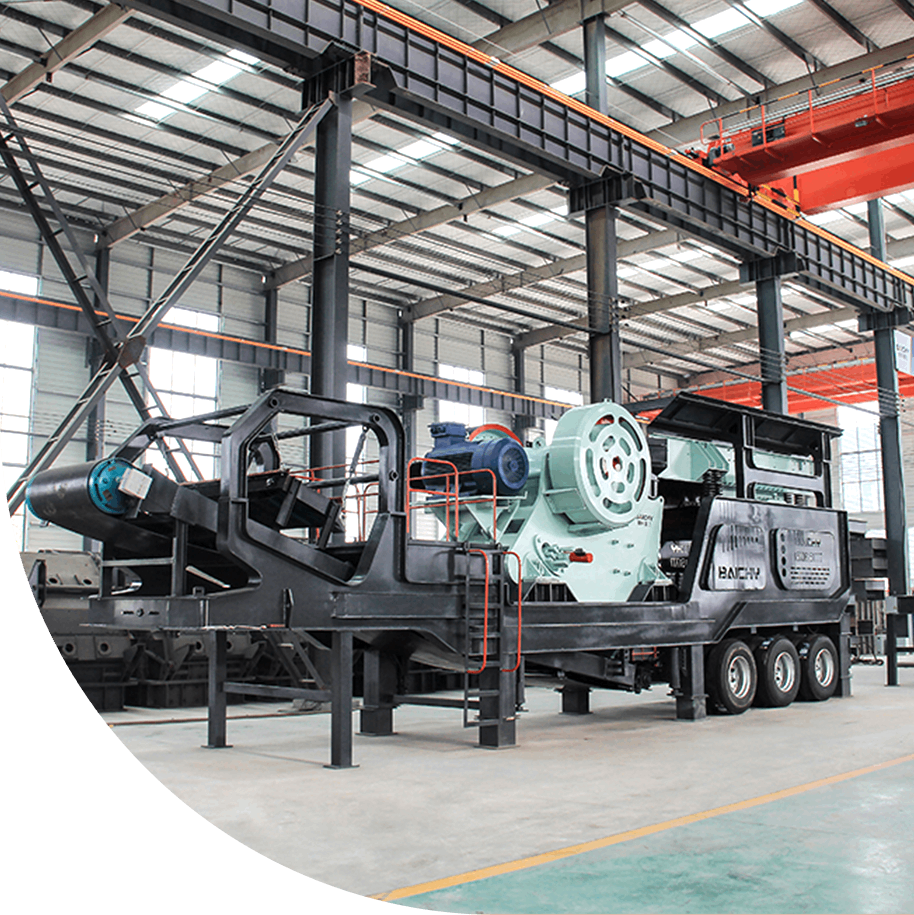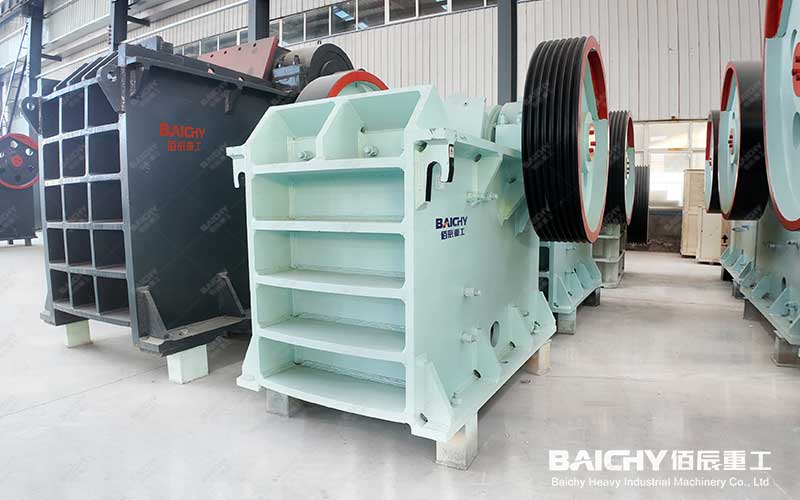
24-inch × 36-inch jaw crusher usually corresponds to the international standard 600 × 900mm jaw crusher (referred to as 600 × 900 jaw crusher). The following is a detailed comparison and explanation:
1. Correspondence between size and specification
• 24-inch × 36-inch = 610 × 914mm (imperial to metric)
• 600 × 900mm is the metric standard model. The actual feed opening sizes of the two are close and can be regarded as the same specification, but different manufacturers may have slight differences (such as the actual opening 610 × 920mm or 600 × 900mm).
2. Comparison of key parameters
| Parameters | 24"×36" (610×914mm) | 600×900mm (standard metric) |
| Feed port size | 610×914mm | 600×900mm |
| Maximum feed size | ≤500mm | ≤480mm |
| Discharge port adjustment range | 75-200mm (3-8 inches) | 65-200mm |
| Processing capacity | 50-200 tons/hour | 50-180 tons/hour |
| Motor power | 75-100HP (55-75kW) | 55-75kW |
3. Common application scenarios
• Applicable materials: granite, basalt, iron ore, construction waste and other medium and high hardness materials.
• Typical uses: primary crushing in mines, aggregate production in stone factories, and construction demolition waste treatment.
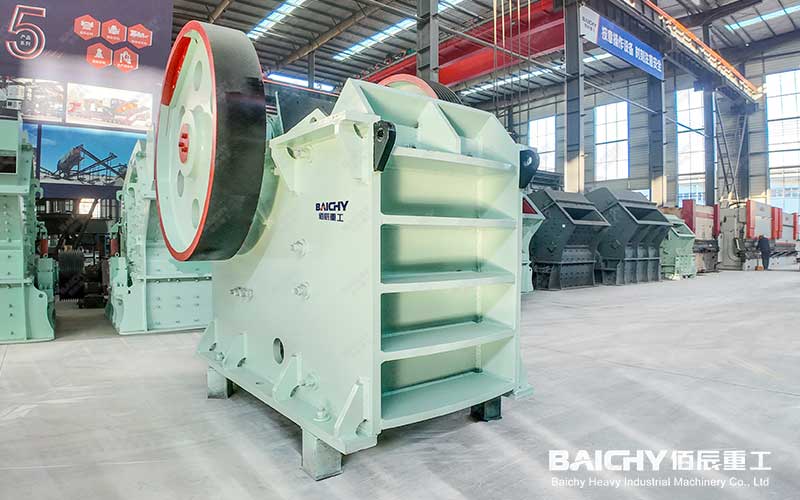
4. Selection considerations
• Supporting design:
Check the motor type (diesel/electric), whether it contains hydraulic adjustment device, flywheel protection design, etc.
• Maintenance cost:
The 600×900mm model is more common in China, and the accessories (jaw plate, side guard plate) are more convenient to supply and the price may be lower.
5. Recommendations
• Give priority to metric models (600×900mm), especially when purchasing in China, because the supply chain and after-sales are more mature.
• If the equipment is imported (such as the second-hand market in Europe and the United States), it is necessary to confirm whether it is actually 610×914mm to avoid installation or accessory compatibility issues.
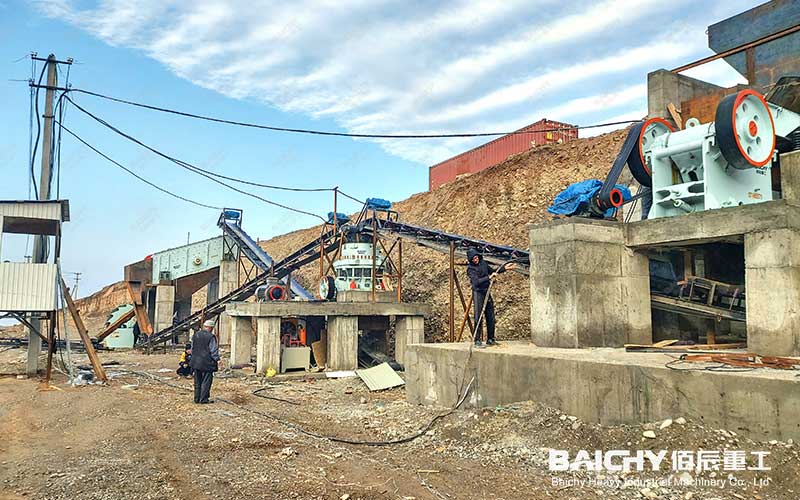
FAQs about 24"×36" jaw crusher
1. What is the capacity of a 24"×36" jaw crusher?
Usually 50-200 tons/hour, depending on:
• Material hardness (e.g., granite is about 100-150 tons/hour, limestone can reach more than 180 tons).
• Discharge opening size (the smaller, the lower the output).
• Feeding uniformity (needs to be matched with a vibrating feeder to avoid clogging).
2. What is the maximum size of stone that can be fed?
The recommended feed size is ≤500mm (not exceeding 80% of the feed opening width). Too large stones will cause clogging or increased wear of the liner.
3. How often should the jaw plate (liner) be replaced?
The life span depends on the hardness of the material and the working time:
• Granite/basalt: about 500-1000 hours.
• Limestone/concrete: about 1500-3000 hours.
• Judgment criteria: Check when the discharge particle size becomes coarser or the production capacity decreases significantly.
4. How to reduce jaw plate wear?
• Prevent metal foreign matter (such as steel bars) from entering the crushing chamber.
• Regularly change the position of the movable jaw/fixed jaw lining (symmetrical wear).
• Choose high manganese steel or composite alloy lining (more wear-resistant).
5. Is it necessary to match other equipment?
• Front: vibrating feeder (uniform feeding) + iron remover (to prevent metal foreign matter).
• Post: belt conveyor + vibrating screen (grading treatment).




